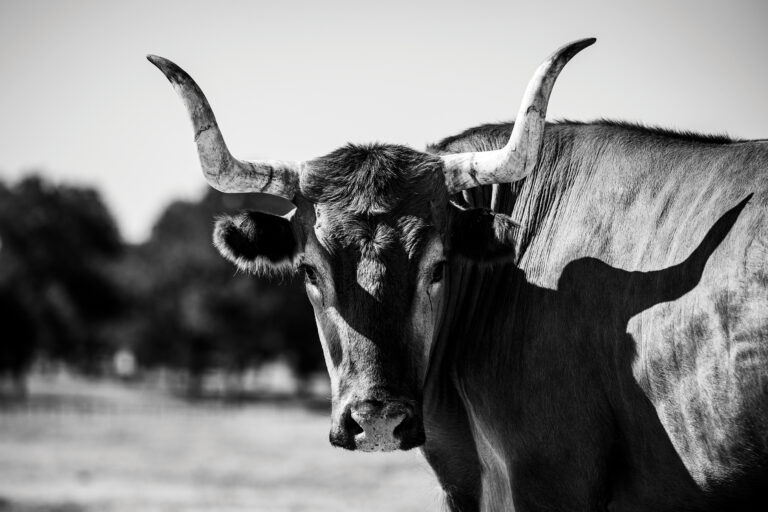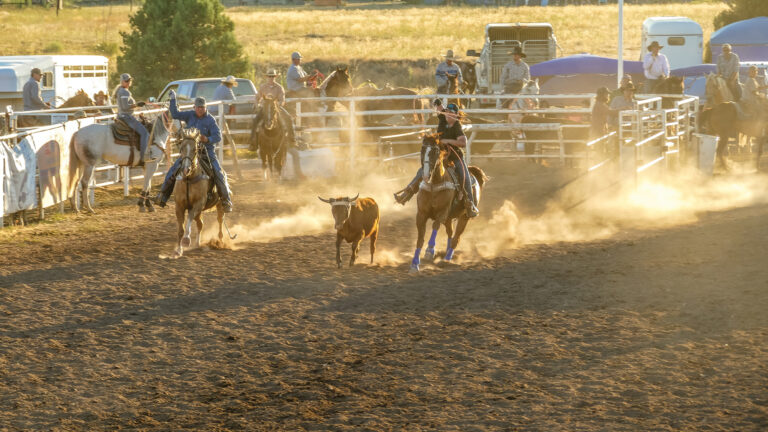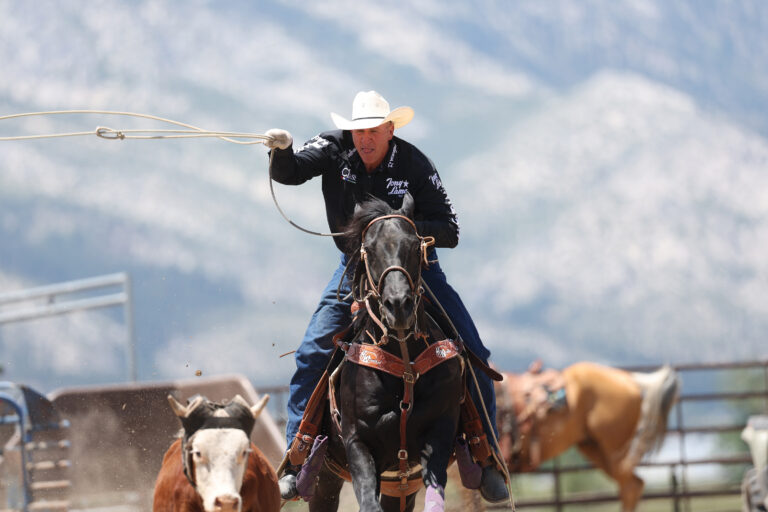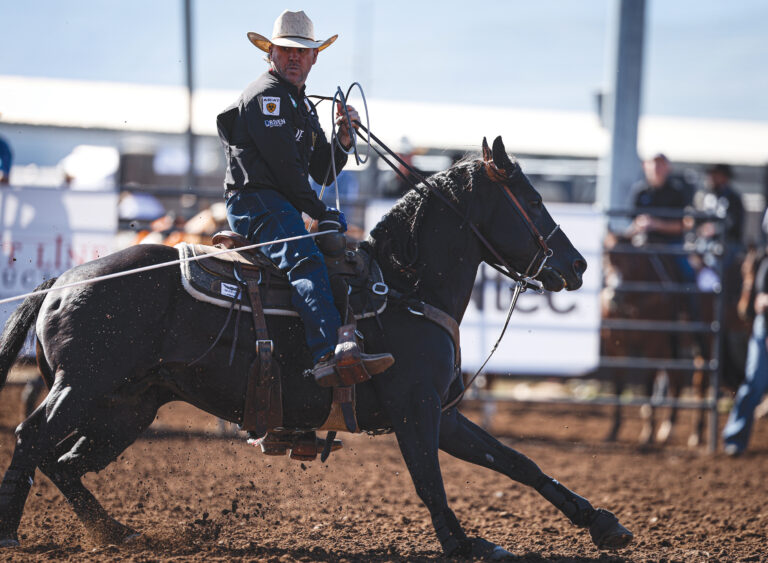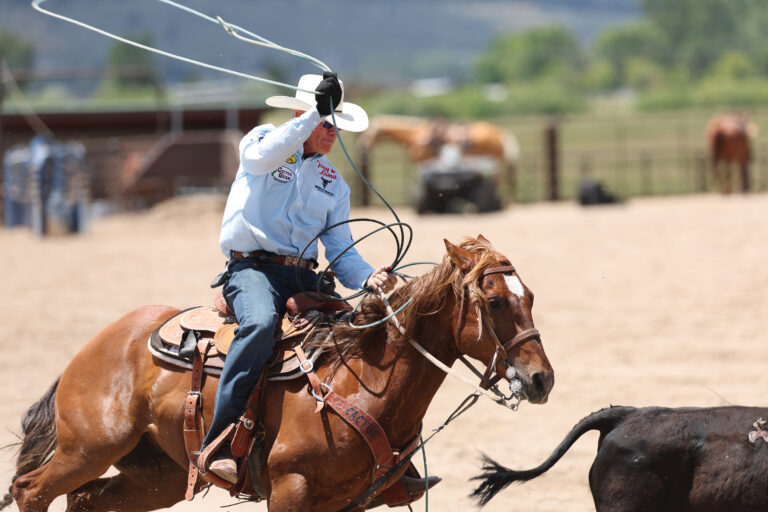Working with ropers at so many roping schools over the years has come with the challenge of explaining things in a way people can understand them. The task at hand is to deliver the rope to do a job, and that’s to catch two feet. This conversation is all about the angles, because the swing sets up a delivery that allows the loop to function properly and do its job. None of this is easily conquered, but success is achieved by trial and error coupled with a lot of hard work.
The luxury of starting to swing a rope at 3 years old, like I did, and roping everything that moved is that you take that learning process for granted. By the time I was 8 or 9, I could make head and heel loops do about whatever I wanted them to do. A lot of that came from mimicking the great ropers of that era, like Leo Camarillo, and the jackpot guys in my area (Southern California) who won everything.
READ MORE FROM CLAY: Choosing the View That Works for You
There were certain characteristics through their swing and delivery that I admired, and by trying to mimic their angles, delivery and what their loops looked like when they reached the feet, I eventually developed an awareness of what I needed to do to make that happen.
One thing you see with successful heelers is the angle of their loop has a slope from right to left. The reason for that is in the heel loop delivery, you don’t want the loop to go away from you or pass up the feet. So if your angle is sloped high on the left and low on the right, that lets the loop go forward. But when you pull it over the top and get higher on the right and lower to the left, like airplane wings banking back to that angle, it immediately gets your tip and the power and direction of your swing starting to pull back toward you.
This is a big factor in allowing the loop to make the catch, though we sometimes see exceptions to the rule. There are a few guys who were successful heelers who swung their ropes off to the right a little bit. Mike Beers kind of had an off-to-the-right swing. But in his last swing, he changed the direction of the motion to where it would come back.
READ MORE FROM CLAY: Working on Your Weaknesses
You don’t see a lot of headers swing high on the right and low on the left, because most people are trying to catch the right horn first—unless they’re reaching, and are trying to catch both horns at the same time. Tyler Wade’s an exception to that rule. He kind of swings a heeler-angled swing that’s high on the right and low on the left. That’s why he ropes a lot of necks, which is not a bad thing. He can reach, it’s a legal head catch and you can’t wave it off a neck.
There are always exceptions. But generally speaking, a heading swing is more level and even high on the right and low on the left. Your top heelers generally have a similar swing angle, which is higher on the right and lower on the left, and over their horse’s left ear and the steer’s left hip.
Those principles on direction of power caused by swing angle are why you see these generalities I’m talking about. If you know about these things and experiment with those angles, you’ll see results. That doesn’t mean your delivery is going to be successful just because you have that swing angle, but it sets a foundation to build on. There are things you have to do on the delivery with the angle of your hand. But generally speaking, if you have the correct swing angle, your loop is not going to shoot forward toward the front legs of the steer.
READ MORE FROM CLAY: Life Lessons Learned From Horse
Using that angle coming down to the feet, then opening your loop and dropping your elbow down—getting your palm pointing toward the legs—rotates your bottom strand down, so you can place it on the ground. When you couple those important things in the swing and delivery, and put that together with placing it at the right time in the steer’s jump, you start to have the ingredients for success.
Most of the hot shots out there who are winning everything today, and the hot shots of yesterday, generally started roping very young. And through hundreds of thousands of repetitions of throwing a loop on dummies, donkeys, lead steers and live cattle, they got the deal figured out. All that work, along with user-friendly angles, is where consistency comes from. You’ve got to make a plan, then lock and load, and get after it.
—TRJ—





